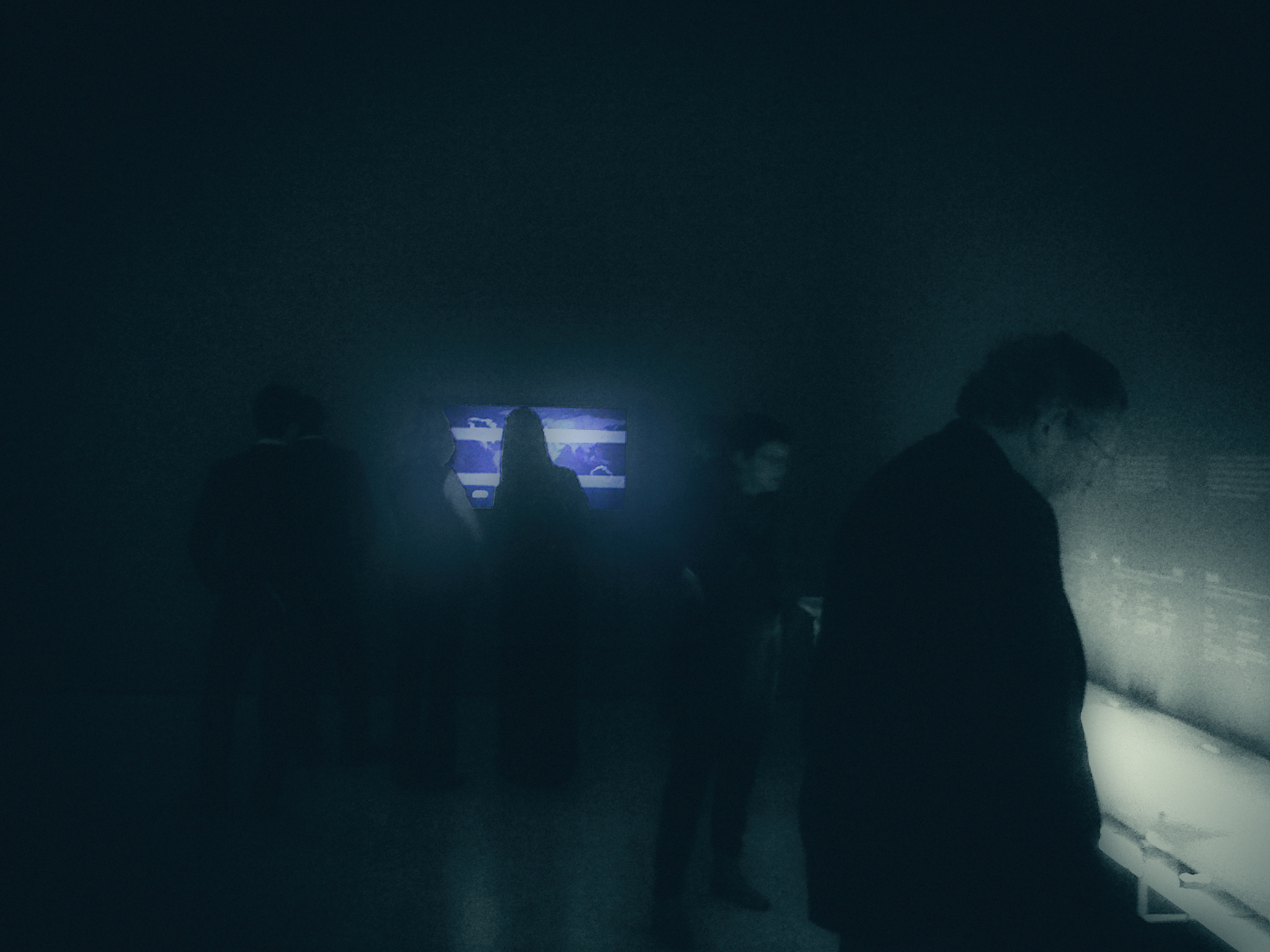PROJECTS / UNDER VINE











2010
data documentary
single-channel HD video
running time: 12 mins
Under Vine was commissioned by the San Francisco Museum of modern Art for their show, “How Wine Became Modern.” The piece was commissioned to demonstrate the idea that wine was indeed “modern.” To do this, Under Vine focuses specifically on the emergence of a global wine culture and economy. It takes as its starting point the commonly discussed difference between Old World wine regions, such as France and Italy, and New World wine regions, such as California and South America. The conventional story is that wine was largely made in Old World regions and only recently began production in the New Word, as signaled by the famous “Judgement of Paris” when a California wine beat all Old World contenders. The geographic assumptions were that since similar climate exists in the latitude bands of 30 to 50°, a global mindset would see these as fertile new wine regions. Under Vine first shows the climactic bands of ideal wine-growing regions and demonstrates that indeed there is more acreage of land devoted to the production of wine in these bands, than anywhere else. The scene quickly adds nuance to the story by showing that the ideal wine growing regions are in fact affected by highly local conditions, such as microclimates, soil compositions, elevational differences and other physical qualities. It goes on to challenge the dominant narrative that the globalization of wine is about incorporating more wine from more places to more people’s benefit. Collaborating with researchers from UC Davis’s viticulture department we were able to tell a different story. We first demonstrated that the proportion of wine grown in the New World region relative to the Old World region have remained the same throughout the 20th century. And counter to common claims about the total amount of wine being produced increasingly, Under Vine shows that total wine production has decreased globally over the last 30 years. Under Vine argues that the globalization of wine was not about production but about circulation, particularly exports. The primary changes to the wine industry since the 1970s was the result of Old World winemakers buying property in New World regions, organizing their production along the lines of Old World wine, and creating appellations that limit production yields thus increasing prices. The visualizations showed the changing proportion of wine exports over the last 30 years, demonstrating their explosion. The last part of the scene visualizes the full import/export dynamics of the global wine industry over 20 years combined with a series of global events cultural economic and political that affected wine exports in various ways.
[PROJECTS]
EXHIBITION
11.11.2010 - 17.04.2011
How Wine Became Modern
San Francisco Museum of Modern Art (SFMOMA)
San Francisco, USA
VISUALIZATION TEAM
Robert Gerard Pietrusko
Stewart Smith